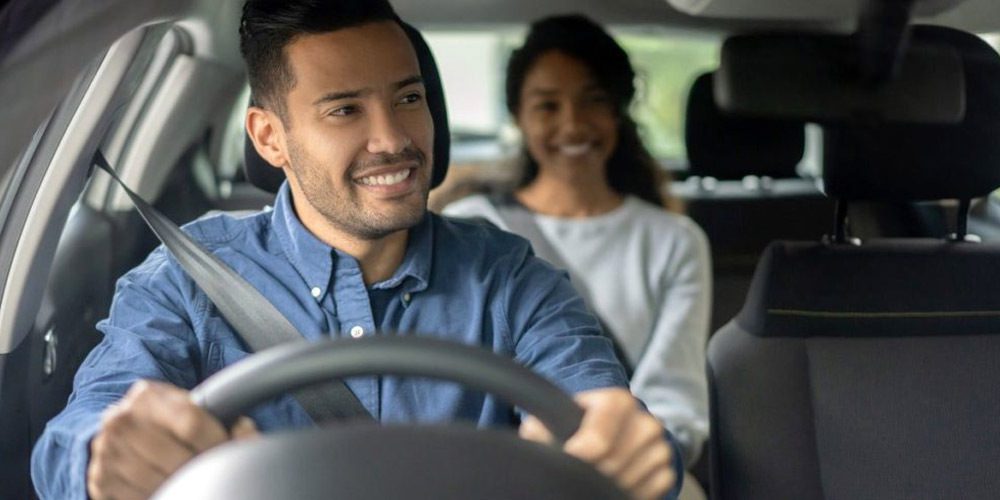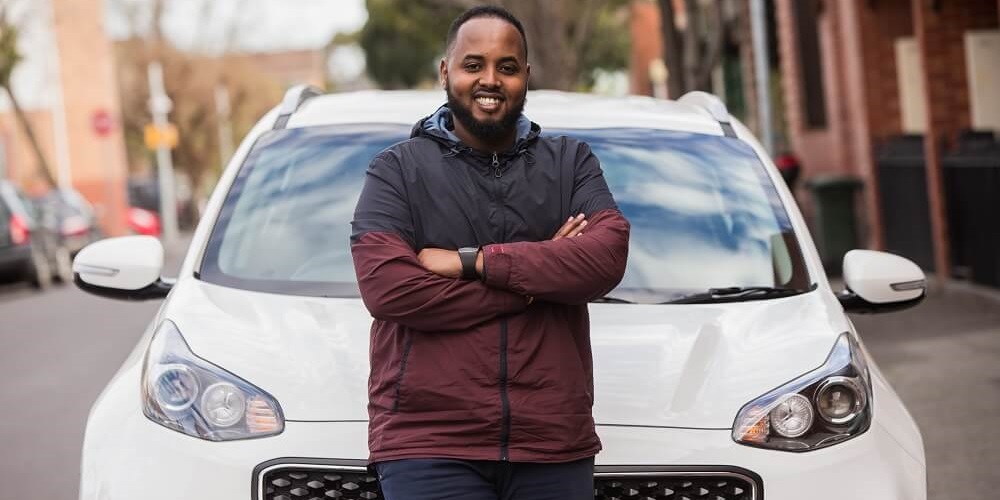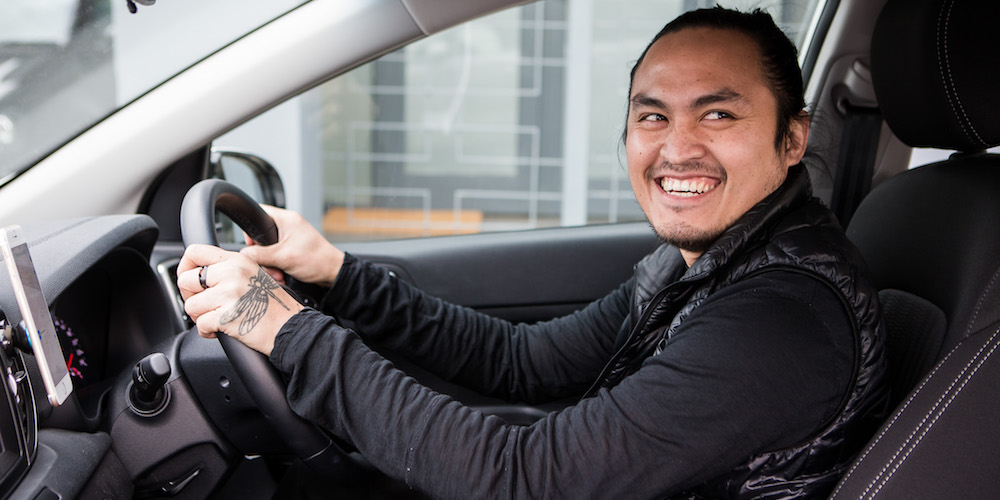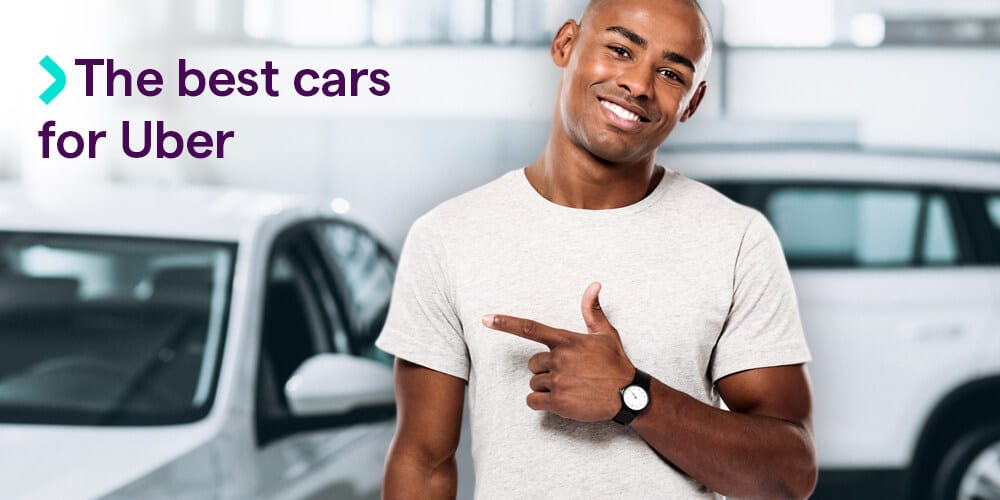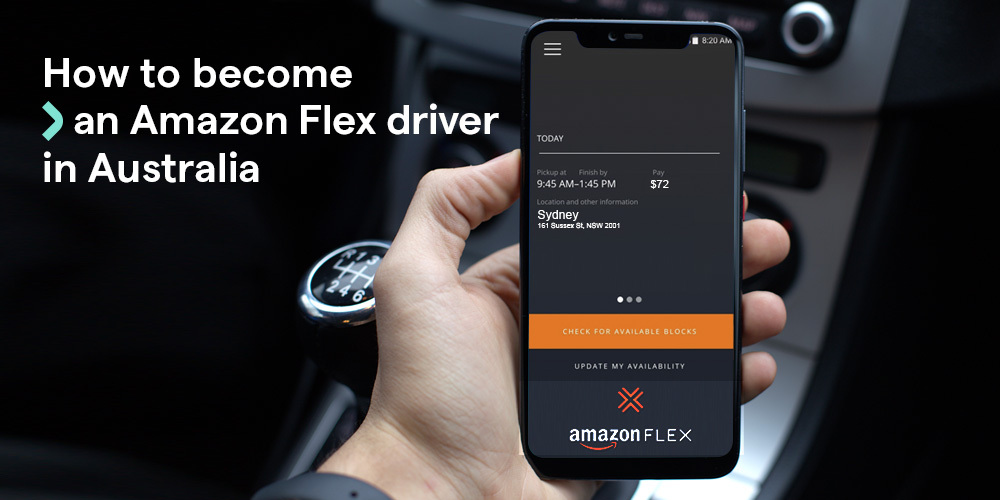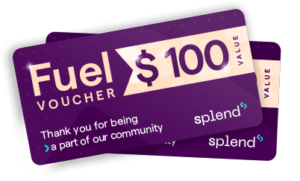Once you become an Uber driver, part of being a successful rideshare driver is understanding the bigger context of rideshare driving in a bustling city, and maximizing your income. While it’s a list of factors, how much Uber drivers earn is also influenced by dynamic pricing and how drivers are able to make it work in their favour.
Contents
What is Uber surge pricing?
Surge pricing happens when the demand for rides is higher than the number of drivers and cars available. There are too many requests from passengers and not enough cars to pick them up, thus increasing not only wait time, but also the price of a ride. At its core, surge pricing is a variable of the Uber pricing algorithm meant to regulate supply and demand in peak times.
Most passengers are skeptical and don’t understand the logic behind price surges. They often perceive it as unfair or lacking transparency, because after all, they have to pay more for the same distance. However, it’s based on a simple economical concept.
How is Uber surge calculated?
Surge pricing is based on the relationship between supply and demand, known in economics as the equilibrium theory. Simply put – when demand is higher than the supply, the price goes up. When the opposite happens, the price goes down.
Uber uses this mechanism to ensure that every passenger gets a ride. It’s also a good incentive for drivers to go where the higher demand is and to earn more money, which leads to more drivers available and ride prices going down. It’s a circular process that is a win-win for both drivers and passengers.
Surge pricing is achieved through a simple multiplier that is set off by the lack of drivers. This appears in the Uber app for both drivers and passengers and can change at any time, depending on how much the demand keeps increasing.
Surge pricing has no effect on the commission that Uber charges drivers for each ride. However, the added price goes directly to the drivers, which makes it a great opportunity to top-up your income as a driver.
The surge pricing applies to all Uber services, including Uber Comfort or Uber Premier. Surge pricing only applies to the base ride fare and isn’t added to special tolls and fees, like the Express Pick-up Sydney Airport fee.
When does Uber surge pricing happen?
There are a number of factors that can influence dynamic Uber pricing. Here are the most common.
1. Rush hours
Rush hour is typically between 7 – 10 AM and anywhere from 2 – 8 PM. These are the times people are going and coming back from work, adding a strain on traffic and car availability, therefore leading to a price increase.
2. Nighttime
Less traffic at night also means fewer cars available. As a rideshare driver, it may even be worth switching your schedule for the occasional night shift, if you want a boost to your earnings.
3. Weekends
Weekend days are by far the most expensive days of the week. People go out to restaurants, events, parks, parties, and clubs and are generally more active in moving from A to B. This creates more demand for rideshare drivers and often a price surge.
4. Bad weather
Any kind of bad weather, be it rain or snow, especially for prolonged hours make it a lot more difficult to cross the city. Hence, the higher demand for Uber cars.
5. Special events
Any significant event happening in the city, like concerts, competitions, or marathons where crowds gather and leave at the same time can make it impossible to find an Uber. The lower the supply, the higher the price. As a driver, this is where you should be to make more than usual.
6. Holidays
New Year’s Eve, Halloween, or even Christmas time is when people go and visit families and friends. Holidays are the most profitable times of the year for Uber drivers, as they not only make nice money, but they usually get to drive in little traffic.
7. Strikes or protests
Whenever there’s a train or a bus strike, normal transportation is disrupted, making rideshare drivers even more indispensable. The same happens during protests, where hundreds of people gather in the same places and create traffic blockages.
Do Uber drivers get paid more during surge pricing?
Yes. During a surge, the price difference goes to the drivers, while the Uber commission stays the same. But for drivers, surge pricing can be double-sided.
On one hand, it allows them to make more money during a surge because the price difference goes to their account, and it motivates them to cover as many rides as possible. Many Uber drivers chase the surge because they know that’s where the extra income is.
The downside is that it can lead to more negative reviews. Passengers are usually not happy to pay drivers more and can sometimes even consider it a rip-off. Be that as it may, dynamic pricing is here to stay. And as an Uber driver, it’s one of the best ways to earn more and develop an eye for extra income.
Want to become an Uber driver?
Check the Uber driver and Uber car requirements in Australia.


About Splend
We enable people to make money by driving for on-demand apps such as Uber.
We’re more than a car subscription provider. In addition to new-model cars and all the essentials to start earning money with Uber as quickly as possible, our customers enjoy driver training and dedicated support, as well as customer benefits such as partner discounts and exclusive events.
For more information about Splend, make an appointment and drop by to your local Splend Hub, email us, or say hello on 1800 775 363.


